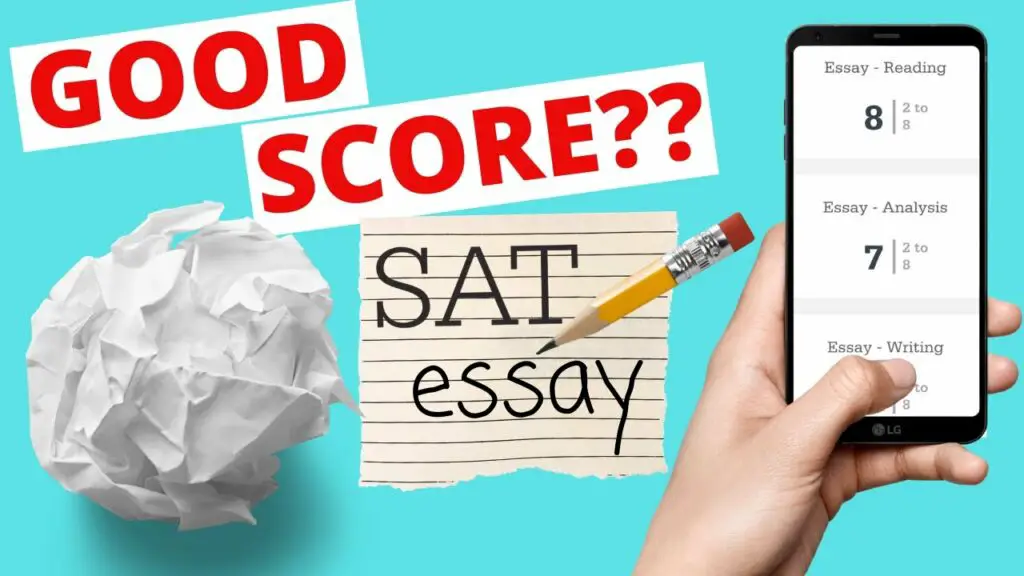Until January 19th, 2021, any student could attempt the 50-minutes SAT essay to strengthen his college application. Though the SAT essay was optional, some colleges required it for their admission procedures. However, the College Board changed the approach this year: it discontinued essays and Subject Tests.
Since writing remains one of the basic skills, the College Board will still assess it, but with test questions only. The Reading and Writing section and the Language part should now serve to evaluate writing and editing competence. However, let’s find out the criteria and approaches applied to SAT essay takers.
What if I Don’t Know the Topic?
Students worried if they were familiar with the rubric raised in the tested essay. But since the College Board evaluated writing and argumentation skills, knowing the subject was not required. All the information you could need to complete your task was provided (in the text or special notes). And, though every time the essay topic changed, some points were applicable to every SAT Essay. So, all of them had the following standard features:
– the piece of text was borrowed from public sources. And the testing team tried to pick up passages that everyone could understand.
– the ideas and statements always had a logical background and were supported by evidence-based claims. In several assignment paragraphs, complicated subjects were expressed in accessible language.
– one point was always disputed or discussed. And the topic of the discussion was related to sciences, arts, politics, or civic life trends.
So, you didn’t have to be sophisticated in the topic of the essay. There was no need to study multiple subjects to pass that part of the SAT successfully.
What Skills Did SAT Essay Assess?
At first sight, it could seem that good grammar is the most critical skill for succeeding in the SAT Essay section. But that was a misconception as there were three categories that a student was awarded: reading, analysis, and writing. Let’s see what exactly was tested in each of them.
Reading
After reading a passage, a student was supposed to understand the core idea and supportive arguments and interrelation between them. You had to operate all proofs in the extract to provide evidence to your statements. Ideally, a student had to navigate the text to pick up evidence.
Analysis
That was the essential part of the task; however, it closely was linked to the other two categories. Good analytical skills helped you see the argumentation behind the text. A student was supposed to evaluate how the author persuaded readers, what reasons and evidence he used, and what other techniques he applied. It was also vital to pick up the best examples from the passage –– to support the student’s statements.
Writing
The writing style of a comprehensive essay was supposed to be acceptable, and its tone was expected to be appropriate. Phrases and sentences had to comply with standard written English, and perfect grammar was a must.
How Was the SAT Essay Scored?
The College Board applied a thoroughly developed scoring approach to checking essays. First of all, they decided to assign two independent professors to check one paper. Every person evaluated the written work across the three dimensions explained above: reading, analysis, and writing. Each section could be rewarded from 1 to 4 points, and both marks were added up. This totaled three scores with a minimum of 2 and a maximum of 8 points for each part.
Unlike the composite SAT scores of Math and EBRW, the Essay points were not added together. Another difference was that the SAT Essay results did not comprise percentiles that allowed students to trace how well they performed compared to all test-takers. Now let’s find out more details about each mark that professors could award your essay with.
What Is an Essay Structure?
The basic essay structure consists of 5-6 elements:
– introduction
– thesis statement
– supporting paragraph 1
– supporting paragraph 2
– supporting paragraph 3 (if applicable)
– conclusion
Let’s see why each part is important and what it serves for.
An Essay Introduction
Though an essay comprises at least five sections, most instructors start to evaluate it from the very first words. How engaging and appealing is your introduction, how effective and robust is the first message? Sure, every word is essential, but the opening is crucial. The strong introduction states the purpose of the whole piece and mentions a couple of main ideas. There is no need to incorporate critical points there; instead, you are expected to give an idea of the topic in question. From the introduction, markers are supposed to get a general idea: the subject and your intent to prove or disprove it.
An Essay Body
This part is the longest: at least it should be three paragraphs long –– for short essays. Paragraphs split your points, so each reason is stated separately. This can surprise students, but sections are also structured: each has to start with a signpost. Then it is expected to be wrapped in more detail, and examples perfectly fit the concept. And it’s crucial for all sentences within a paragraph to explicitly relate to the signpost. So, there mustn’t be any sentence that connects to another idea or supports other claims. Stick to one subject and one idea per paragraph.
An Essay Conclusion
No comprehensive essay can do without a conclusion. Students have to summarize the ideas and present a judgment or final decision. It is vital to avoid introducing new ideas there because the ending is aimed at summing up all you said earlier. It always helps to take a look at the title and incorporate the primary phrase into your summarizing paragraph. This will help the examiner trace your analytical skills and prove you have answered the raised question. Remember that having a plan is nearly a must: it can help you structure your thoughts and save you a lot of time.
We hope you found this article useful, even though the College Board canceled SAT Essays.



